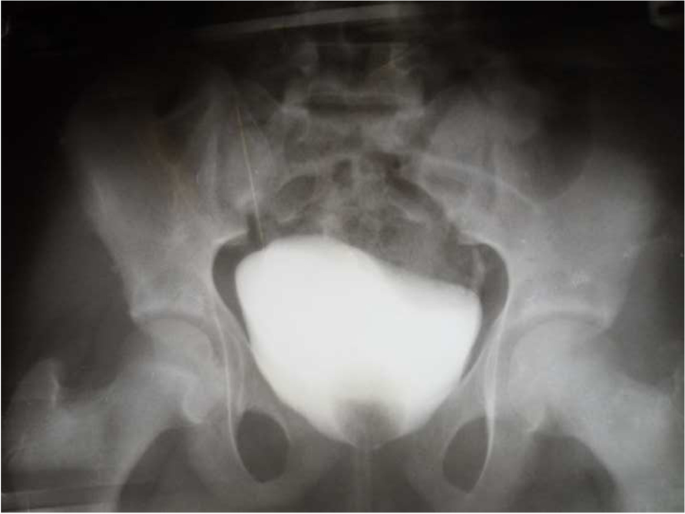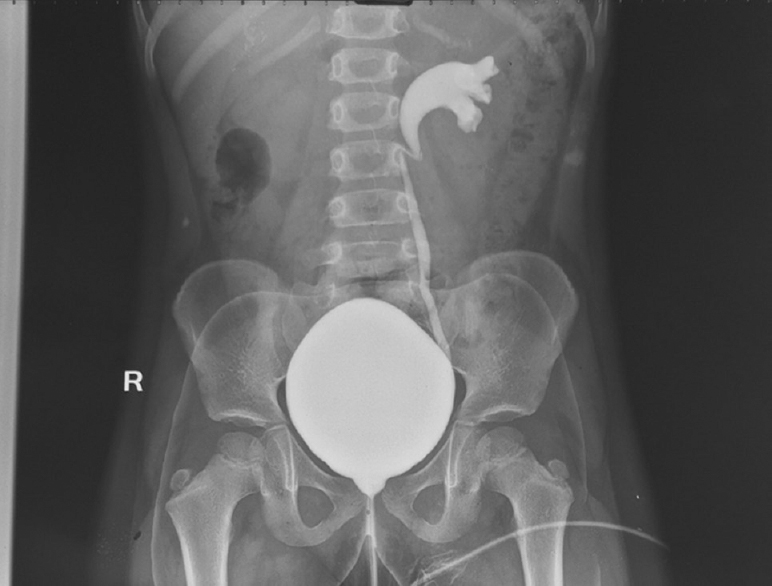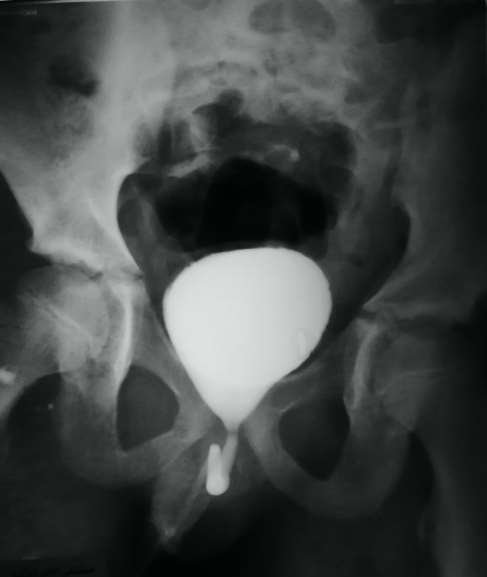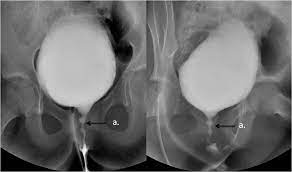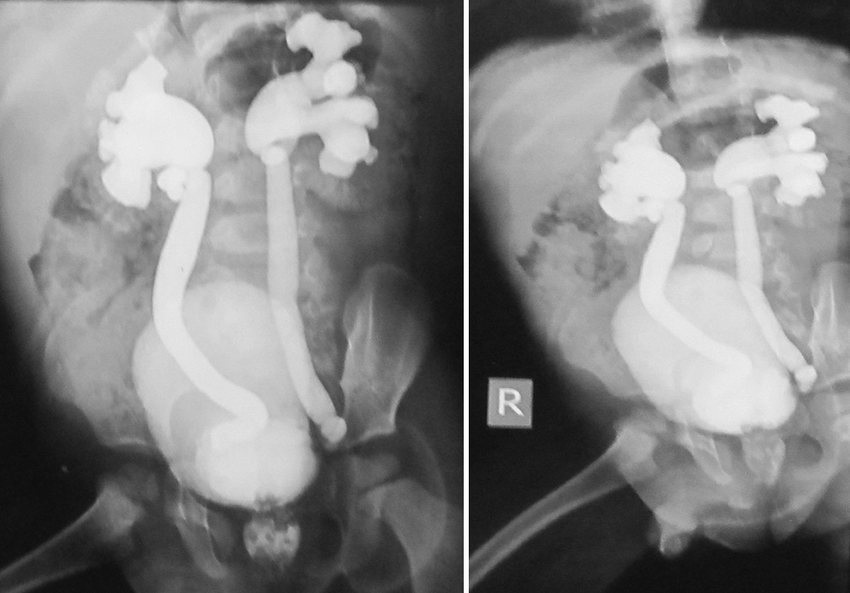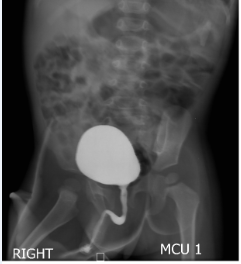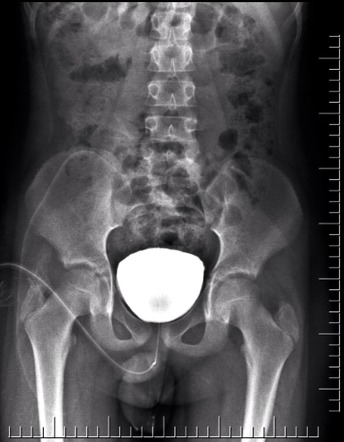Micturating Cystourethrogram (MCU)
A Micturating Cystourethrogram (MCU) is a medical imaging procedure used to visualize the urinary bladder and the urethra during urination. It is often performed in both children and adults to diagnose and evaluate various urinary tract issues, especially in cases of recurrent urinary tract infections, urinary incontinence, or structural abnormalities.
Here’s what typically happens during an MCU:
Procedure:
- Preparation: The patient is asked to come to the radiology department with a comfortably full bladder.
- X-ray Contrast Medium: A catheter (a thin tube) is inserted through the urethra into the bladder. Then, a special contrast dye is injected through the catheter into the bladder. This dye is visible on X-ray images and helps outline the urinary tract.
- Fluoroscopy: The patient is positioned under a fluoroscope, which is a continuous X-ray imaging device. X-ray images are taken while the patient is urinating. The fluoroscope provides real-time images of the bladder and urethra while the contrast medium is flowing out, allowing the radiologist to observe the structure and function of the urinary tract.
- Observation: The radiologist or healthcare provider observes the images to identify any abnormalities, such as reflux (backward flow of urine from the bladder into the ureters), urethral strictures, bladder diverticula, or other issues.
- Post-Procedure: After the procedure, the catheter is removed, and the patient is usually asked to drink plenty of water to help flush out the contrast dye from the body.
Why is MCU Performed?
- Urinary Tract Infections (UTIs): MCU can help diagnose the cause of recurrent UTIs, especially in children.
- Vesicoureteral Reflux (VUR): It helps diagnose VUR, a condition where urine flows backward from the bladder into the ureters and sometimes up to the kidneys.
- Structural Abnormalities: MCU can identify structural abnormalities in the bladder or urethra, such as diverticula, strictures, or fistulas.
- Voiding Dysfunction: It’s useful in understanding problems related to urination, such as incontinence or difficulties in urinating.
- Postoperative Evaluation: After surgical procedures involving the urinary tract, an MCU can assess the effectiveness of the surgery.
Risks and Considerations:
- Discomfort: The procedure can cause discomfort, especially during catheter insertion.
- Allergic Reactions: Some people might have an allergic reaction to the contrast dye, although this is rare.
- Radiation Exposure: MCU involves X-ray radiation, but the benefits usually outweigh the risks, especially when the procedure is necessary for diagnosis.
It’s important to note that individual experiences may vary, and patients should discuss any concerns with their healthcare provider before the procedure.
Please consult with a healthcare professional or radiologist for the most accurate and personalized information regarding your specific situation.
